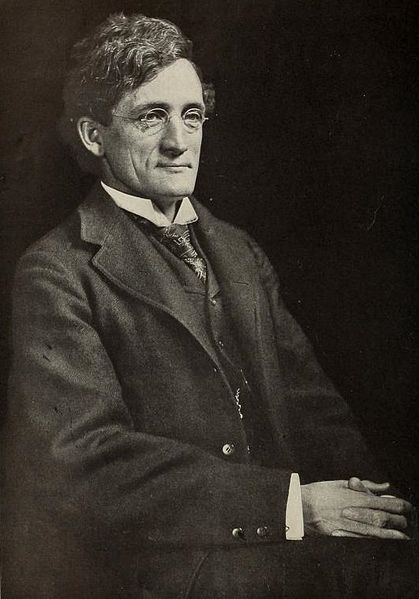History of Michigan State University
The history of Michigan State University dates back to 1855, when the Michigan Legislature established the Agricultural College of the State of Michigan under the encouragement of the Michigan State Agricultural Society and the Michigan Farmer, the state's leading agricultural periodical. As the first agricultural college in the United States, the school served as a model for other institutions of its kind established in the period, to give an instance, the Agricultural College of Pennsylvania.
John Clough Holmes, co-founder of the Michigan State Agricultural Society and the founder of the Agricultural College of the State of Michigan (now Michigan State University)
Together with the Pennsylvania State University, Michigan State University claims to be the first land-grant college in the United States. (USPS commemorative stamp)
Liberty Hyde Bailey, often called the "Father of American Horticulture," graduated from the Agricultural College in 1882
Morrill Hall in 1912, known at the time as the "Women's Building". To the right are Horticulture, Bacteriology, Botany, and Administration (Library–Museum).
A land-grant university is an institution of higher education in the United States designated by a state to receive the benefits of the Morrill Acts of 1862 and 1890, or a beneficiary under the Equity in Educational Land-Grant Status Act of 1994. There are 57 institutions which fall under the 1862 Act, 19 under the 1890 Act, and 35 under the 1994 Act.
Postal Service commemorative stamp




